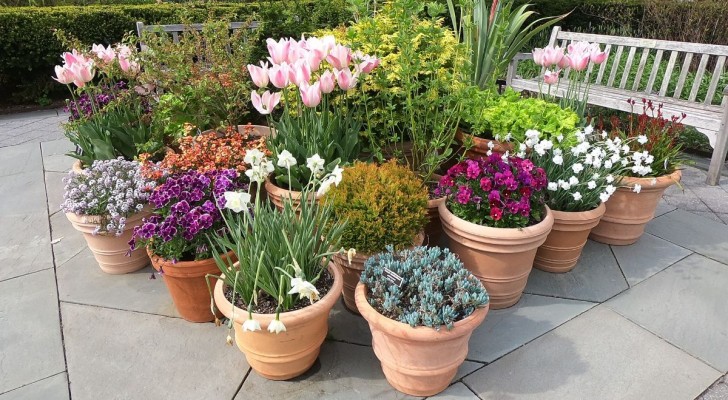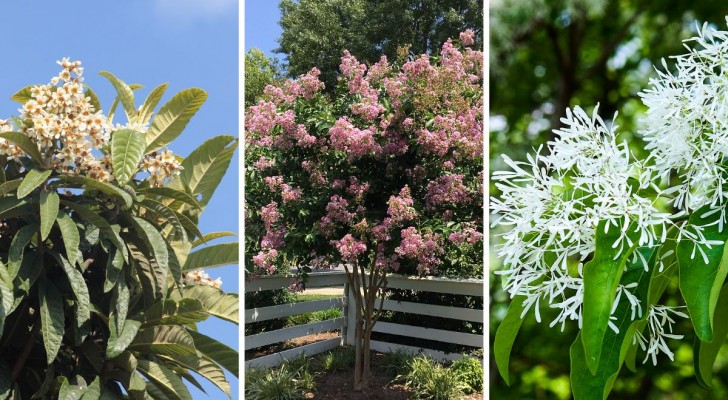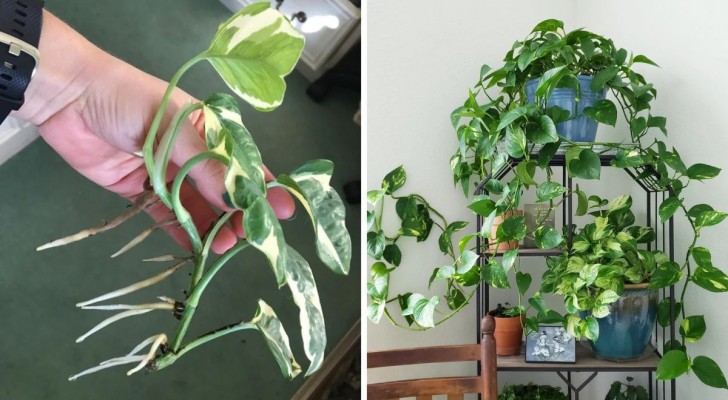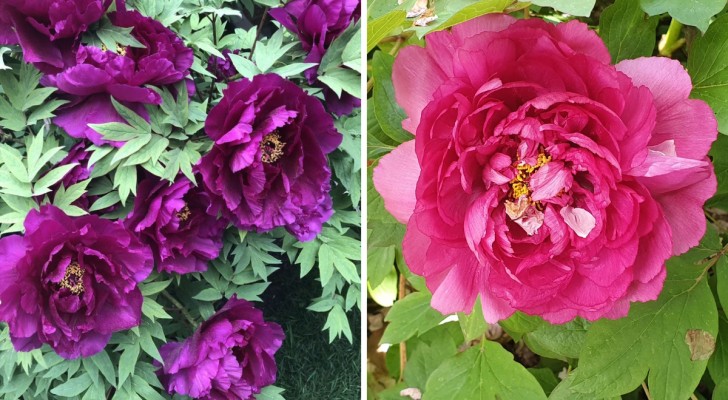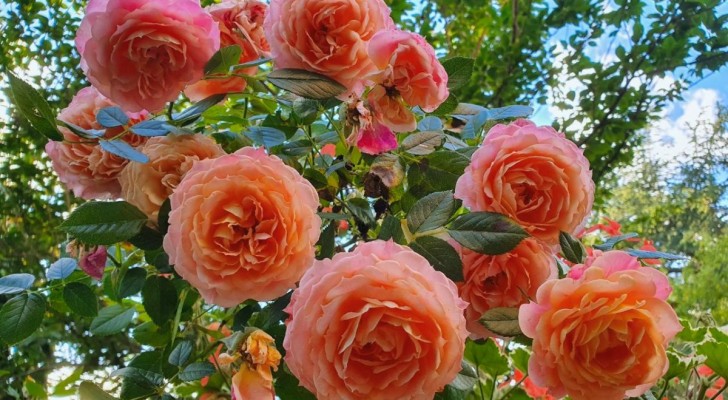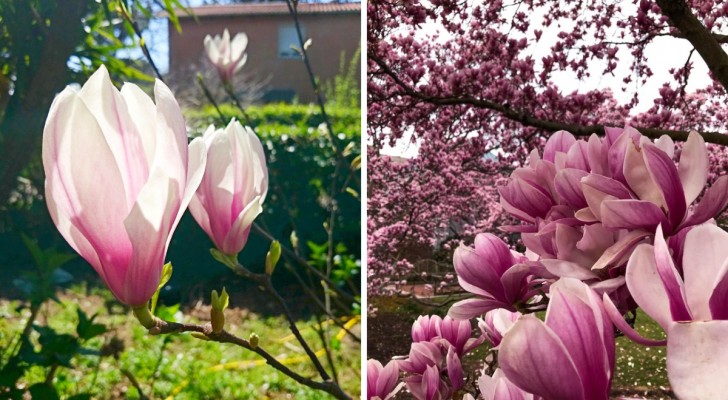Chain of Hearts: Learn how to grow this uniquely shaped plant

Advertisement
There are some plants that have truly amazing characteristics, and Ceropegia woodi is one of them. Its peculiarity lies in its appearance: it is in fact, a climbing or creeping plant that produces long and thin branches, of a slightly pink color and small heart-shaped, green and white-veined leaves. For this reason it is also called the "chain of hearts".
It is a succulent plant, therefore belonging to a plant family that does not need frequent watering, and it can also grow in slightly less bright corners of the house: so, in addition to being extremely decorative it is also easy to grow and suitable for decorating homes in an elegant manner. Read on to find out more about this plant:
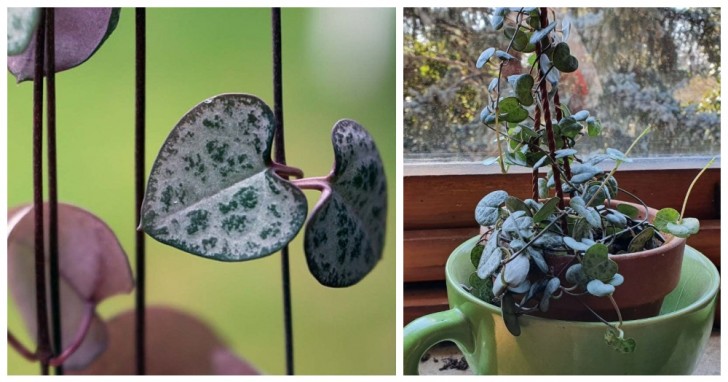
- Temperature: this plant needs to remain in environments that do not drop below 7-10 °C (45-50 °F) in temperature, which is why, in winter, it must usually be palced inside the home.
- Exposure: it prefers full sunlight, because it is in these conditions that it gives its best in terms of color and flowering. However, it can thrive, even if becoming a little less luxuriant, in areas that are a less bright. The important thing is to avoid drafts reaching the plant, especially if it is cold air.
- Soil: Like most succulent plants, it can be planted in cactus soil, or a homemade mixture in which a universal soil is mixed with fine sand and equal parts of peat. You can also add dry leaves to enrich the soil. The most important thing is that the pot (which should never be too big for this slow-growing plant) has sufficient drainage holes to ensure good runoff, because these plants cannot survive water stagnation.
- Watering: water more regularly in spring and summer, as soon as the soil dries out. They can withstand small periods of drought and their soil should not be soaked, but only moistened. In autumn and winter their watering needs are reduced significantly, since the soil will take much longer to dry out.
- Pruning: it is necessary to prune only the branches that are dry and have lost their vitality. Pruning will encourage the growth of the healthy part of the plant.
- Propogation: it can be multiplied by using cuttings, or planting sections of a cut branch. Alternatively, propogation can be achieve by detaching the tuberous growths that form along the branches, which must be taken in early spring and placed in a mix of peat and sand.
Would you like to grow Ceropegia at home?
Advertisement
